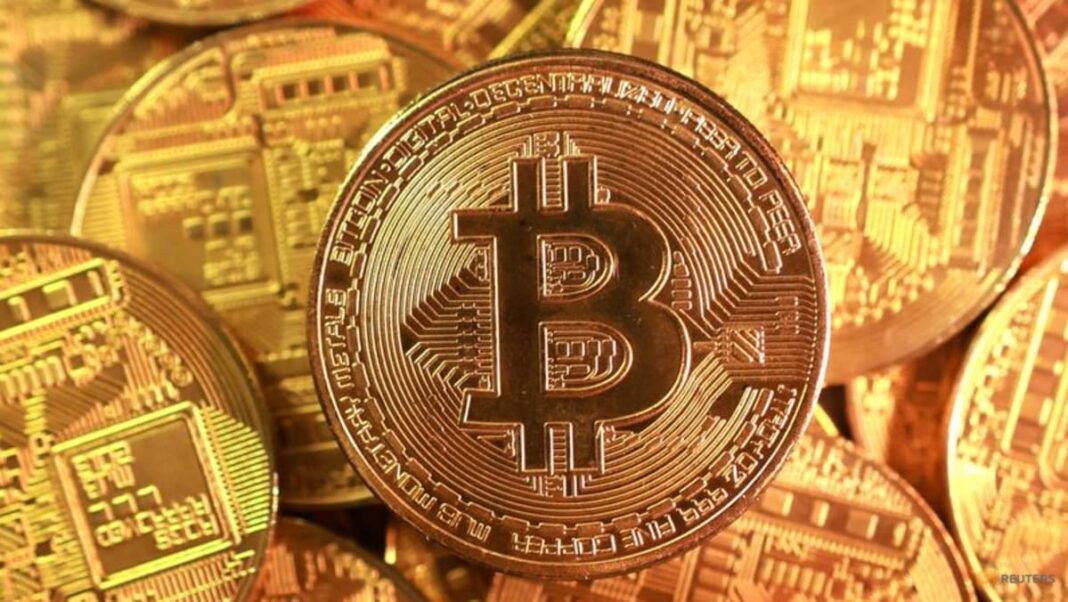Market Pulse
The cryptocurrency market, renowned for its 24/7 operation and often extreme volatility, is facing a critical question traditionally reserved for established financial arenas: Should trading be paused during periods of intense price swings? As digital assets gain mainstream adoption, the conversation around market circuit breakers—mechanisms designed to halt trading temporarily during drastic downturns—is intensifying, pitting the ideals of decentralization against the practical need for investor protection and market stability.
Understanding Traditional Market Circuit Breakers
In traditional stock markets, circuit breakers are mandatory, temporary halts in trading triggered by significant price declines within a specified timeframe. These mechanisms were largely formalized after the Black Monday crash of 1987 to prevent panic selling, provide a cooling-off period, and allow market participants to reassess conditions before trading resumes. Their primary goals include:
- Preventing cascading sell-offs: By pausing trading, circuit breakers aim to interrupt rapid, fear-driven declines that can destabilize the entire market.
- Allowing information dissemination: A pause gives investors and institutions time to absorb new information, reassess valuations, and potentially make more rational decisions.
- Maintaining market integrity: They are designed to preserve confidence in the market’s fairness and orderliness.
For instance, the S&P 500 has specific thresholds, typically at 7%, 13%, and 20% drops, that trigger varying lengths of trading halts.
The Case for Crypto Circuit Breakers
Proponents argue that crypto markets, with their inherent volatility, are prime candidates for similar safeguards. The absence of such mechanisms often leads to rapid, cascading liquidations, particularly in leveraged trading, exacerbating price crashes. Implementing circuit breakers could offer several benefits:
- Investor Protection: Shielding retail investors from sudden, severe losses that can occur within minutes.
- Mitigating Liquidations: Providing a buffer to prevent a chain reaction of margin calls and forced selling, especially in DeFi protocols.
- Enhancing Market Maturity: Signalling a move towards more responsible and resilient market infrastructure, potentially attracting more institutional capital.
- Reducing Panic Selling: Giving market participants a chance to pause, process information, and avoid irrational, emotional decisions.
Challenges and Counterarguments
The introduction of trading pauses in crypto, however, is fraught with unique challenges and strong opposition, largely stemming from the foundational ethos of the industry:
- Decentralization Ethos: Many argue that a central authority would be required to implement and enforce circuit breakers, contradicting the decentralized, permissionless nature of blockchain.
- 24/7 Global Market: Crypto operates continuously across time zones. Halting trading on one exchange or in one region might simply push activity to another, less regulated venue.
- Technical Complexity: Implementing a coordinated pause across thousands of tokens, multiple blockchains, and numerous centralized/decentralized exchanges presents a monumental technical and logistical hurdle.
- Arbitrage Opportunities: A pause on one platform while others continue could create significant arbitrage opportunities, potentially leading to market manipulation.
- Censorship Concerns: Critics worry that such mechanisms could be abused to stifle legitimate trading or manipulate markets under the guise of stability.
Regulatory Landscape and Future Outlook
Regulators globally are increasingly scrutinizing crypto market structure, and the discussion around market stability is a natural extension of this. While no major jurisdiction has mandated circuit breakers for the broader crypto market, some centralized exchanges already implement forms of ‘kill switches’ or liquidation cascade protections for specific derivatives products. The path forward is likely to involve a hybrid approach, potentially starting with voluntary adoption by large centralized exchanges for certain high-risk products, rather than a universal, protocol-level implementation.
Conclusion
The debate over implementing trading pauses in crypto markets is a microcosm of the larger struggle between regulatory oversight and the industry’s decentralized ideals. While the benefits of preventing panic and protecting investors are clear, the challenges related to decentralization, global operations, and potential for abuse are equally significant. As the crypto market matures, finding a balance that fosters stability without compromising its core principles will remain a complex, ongoing conversation that will shape its future trajectory.
Pros (Bullish Points)
- Could enhance market stability and prevent cascading liquidations during extreme volatility.
- Offers greater investor protection, particularly for retail participants, reducing panic selling.
- May attract more institutional capital by signaling a more mature and regulated market environment.
Cons (Bearish Points)
- Conflicts with the core decentralized and permissionless ethos of cryptocurrency.
- Difficult to implement uniformly across a 24/7 global market with numerous exchanges and protocols.
- Could lead to censorship, manipulation, or arbitrage opportunities if not implemented universally and transparently.
Frequently Asked Questions
What are circuit breakers in financial markets?
Circuit breakers are temporary, mandatory halts in trading designed to curb panic selling and stabilize markets during periods of drastic price declines.
Why is this debate emerging in crypto now?
As crypto markets gain mainstream attention and experience significant volatility, discussions around investor protection and market stability are intensifying, similar to traditional finance.
Who would implement circuit breakers in crypto?
Implementation is a major challenge. It could involve centralized exchanges (voluntary), or require a coordinated effort by regulators and potentially core developers for decentralized protocols, posing significant hurdles.



